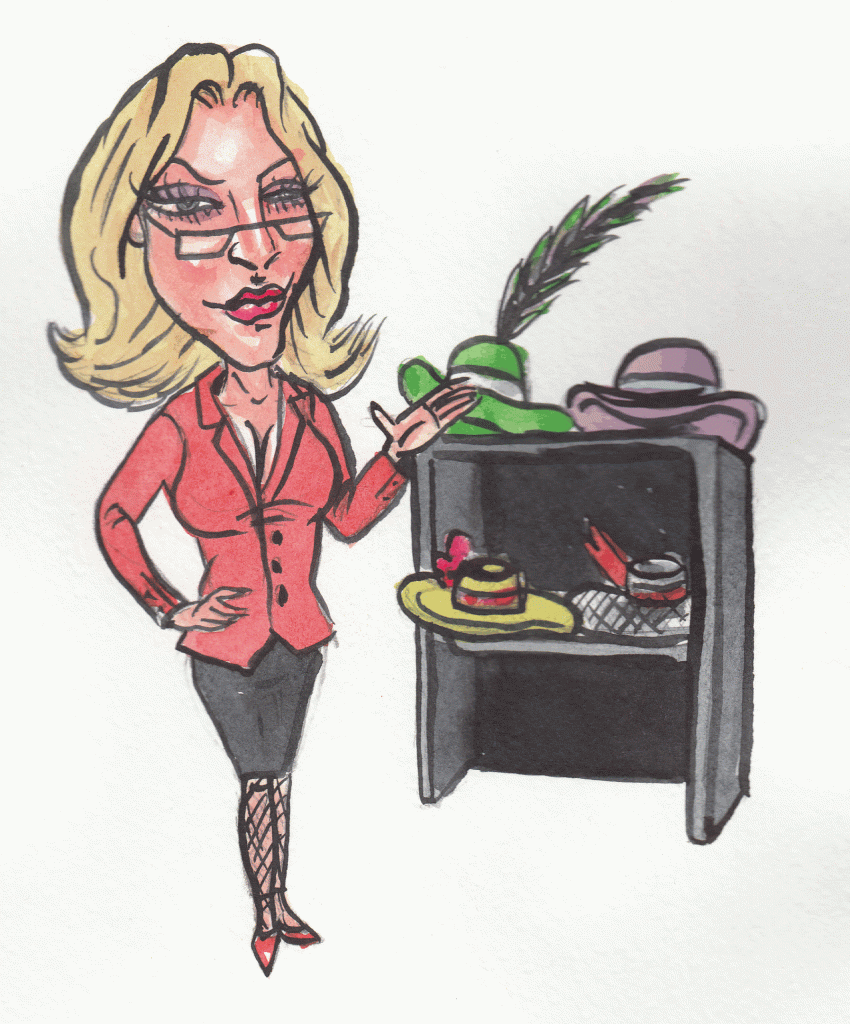
Ann: We have two products – product A and Product B. Product A is been sold in France and product B in Switzerland. Product A sale price was 2000 EUR and Product B sale price was 3000 CHF (our customers prefer to buy from us in their local currencies). When we saw our sales in May we decided to change our prices and we had different volumes, prices and exchange rates in June. Our total sales in June were 55200 USD compared to 47000 USD in May which is 16.5% increase. My boss wants an explanation how much each factor has influenced this increase. We have problems in the interpretation of our actions and I got messed up.
Sales = Number of units sold x Unit price x Exchange rate
Here are our sales in May and June:

I was able to calculate how much each factor has changed. But when I sum all the changes it does not gives me the total sales change of 16.5%. What am I missing here?

The sales of Product A has risen 33.3% and those of Product B with 6.1% which led to total increase of 16.5%. It is confusing. Please help me understand this data.
Thomas: So the way you can solve this problem is like this: You start to calculate your total sales by changing a factor at a time and keep it changed until you reach your June sales. First you change your Product A volume and keep all other factors unchanged then you change your Product A unit price and so on. In our example we start with white line in May and then start changing each factor to green so we can end up with green line in June.

After you work out your total sales bit by bit you have to calculate the nominal change between the current factor- total sales and the previous one (when you calculate your total sales by changing only your Product A volume you have to subtract from them May’s total sales 59400 – 47400=12000). The next intervention is as follows: you have to divide each nominal factor change (the one you have just calculated) to your sales in May (fixed) like 12000/47400=25.3%, -7500/47400=-15.8% and so on. At the end just transpose (rewrite numbers ordered as column to numbers ordered as row) your last column (see the blue arrow).
Ann: Now we have the impact of each factor in our total sales and how do we interpret these numbers.
Thomas: Something like this: The increase of 66.7% in Product A’s sales volume has led to 25.3% increase in total sales. The decrease of 25% in Product A’s unit price has led to 15.8% decrease in total sales. The increase of 6.7% in USD/EUR exchange rate has led to 3.2% increase in total sales and so on.
I have to tell you that this technique is more like a number break-down technique. There is a significant risk that the percentages that we have come up are not stable over time. It is just a way to communicate history information.
You have to find for yourself how much each factor can vary to have better understanding of your numbers.
Ann: Uhhhhhhhhhhhh???
Thomas: In our case the only factor that we can influence is products unit price. So decreasing Product A’s unit price with another 16% does not mean that our total sales will increase with 13%.
Sri Humana: So we can explain the past but we are blind for the future?
Thomas: Exactly! Disappointed!
Some Questions for you: Can you think of other application for this number-breakdown technique? Can you predict the future using past data?